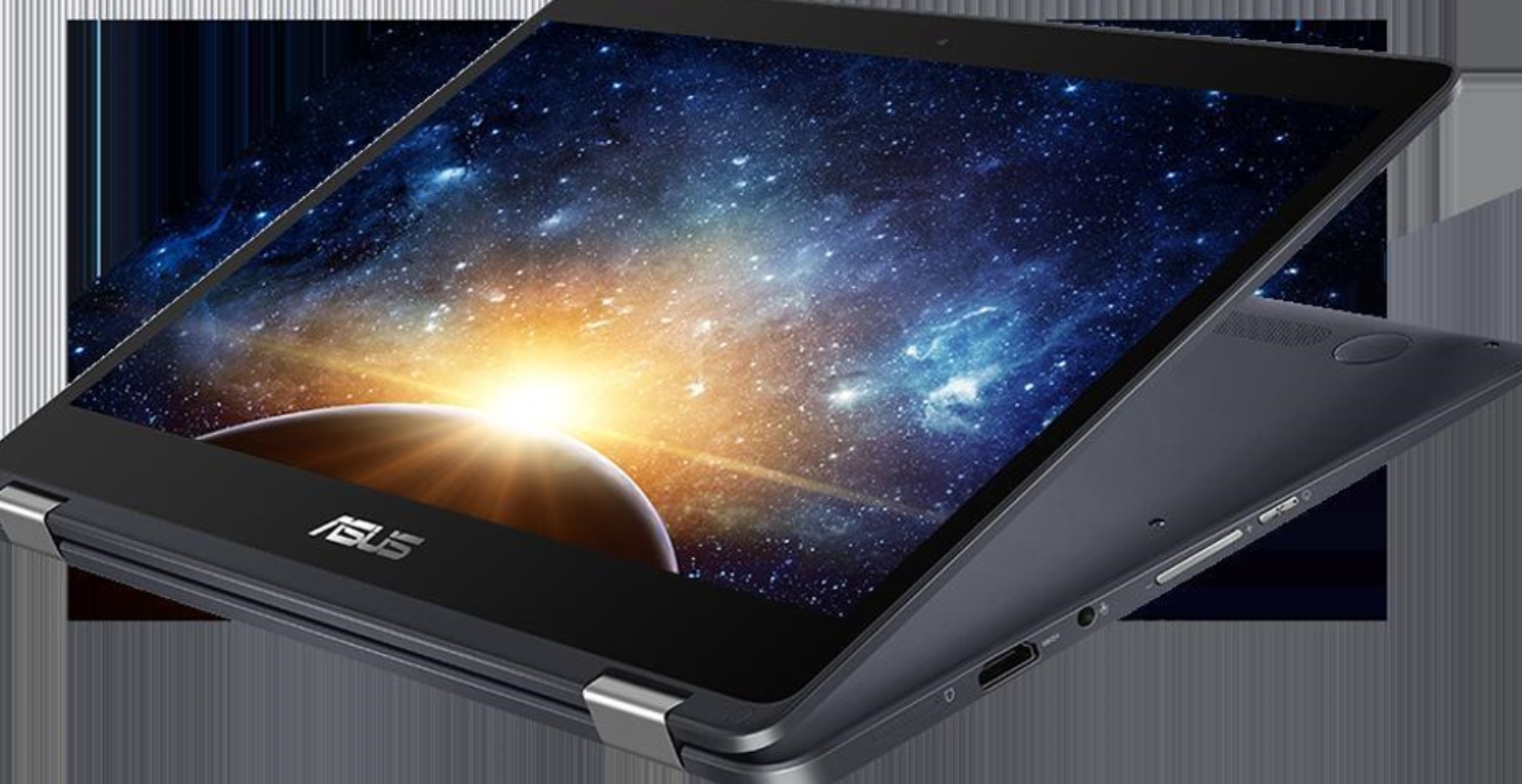What if your Windows 10 PC were more like your smartphone? Microsoft and Qualcomm have just unveiled one.

An “Always Connected PC” is a concept that has been long in the making. Microsoft was a pioneer in this field, with the Surface 2. As it often happens, Microsoft is the kind of tech company that likes to run before it can walk, and this is precisely why the Surface Pro 4 has been such a success, in spite of the Surface 2’s failure.
It took consumers a long time to evolve from being desk-bound, to using laptops outside, and finally, to adopt tablet PCs with performance equal or greater to good old fashion desktop PCs, and now we are witnessing Microsoft taking another sprint towards the next big thing: the Always Connected PC.
So, what is an “Always Connected PC”, anyways?
Imagine being able to carry your laptop with you, to a place where there is no Wi-Fi, or power outlets, and have to stay there for several days. Currently, such scenario would result in the laptop turning into a lifeless brick within hours of use, but way before then, the lack of Internet connection would have already made it unusable for most tasks we “city-folk” take for granted, like surfing the web, ordering stuff, paying bills, sending emails, and so on, and so forth.
Making the laptop LTE-enabled is the first step to solving at least one problem: Internet connectivity.
Using cellular signal to connect to the Internet may be significantly slower than using Wi-Fi, but it would still be an invaluable option in a pinch.
With that said, while the problem with connecting to the Internet may be partially solved, we’d still have a problem with the battery. Cellular signal requires more power, the further we are from a cell tower, which means that batteries would run out quicker in remote areas with limited cell reception.
Asus has already been working on an Always Connected PC that solve both problems, with Internet connectivity, and battery power.
The Asus Novago is powered by a Qualcomm Snapdragon 835, and if that sounds familiar, it’s because the Snapdragon family is the same line of processors already powering most Android smartphones and tablets, like most Samsung, LG, and HTC high-end phones.
The laptop comes pre-loaded with Microsoft Windows 10 S, a mobile version of Windows 10 that much like Windows RT, only supports apps from the Windows Store, however, unlike the original Surface 2 tablet, the Novago can be upgraded to Windows 10 Pro, and able to run desktop apps.
The Novago sports a 13.3 inch capacitive multi-touch LTPS LED-backlit display, with Full-HD resolution (1920x1080), 100% sRGB (much like most Retina MacBooks), and 75% NTSC color gamut. The graphic driver is a Qualcomm Adreno 540 710Mhz.
Asus isn’t skimping on features, as the Novago includes a 1MP HD front-facing camera with 3P/2.0 aperture lens, dual speakers with smart amp, and 802.11ac Wi-Fi Direct, as well as a Gigabit LTE 1Gbps downstream, 150Mbps upstream.
The specs above may be standard to most low-end brand new laptops, but a very non-standard feature is what makes this laptop stand out: 20 hours of battery life, and up to 29 days of standby. Of course it’s unclear what sort of effect installing Windows 10 Pro and other desktop apps would have on battery performance, but considering that the best laptops rarely last longer than a few hours of continuous use, 20 hours does seem very impressive.
When will you be able to buy an Always Connected PC?
This model was unveiled at in December, at the Qualcomm Snapdragon Tech Summit, in Maui HI, and word has it both Asus and HP are getting ready to unveil complete specs and shipping dates before Spring 2018.
Ready to shop?
VR Ready Windows 10 PCs are here and they are amazing! Check out the latest MSI gaming PCs, as well as ASUS line of powerful desktops.